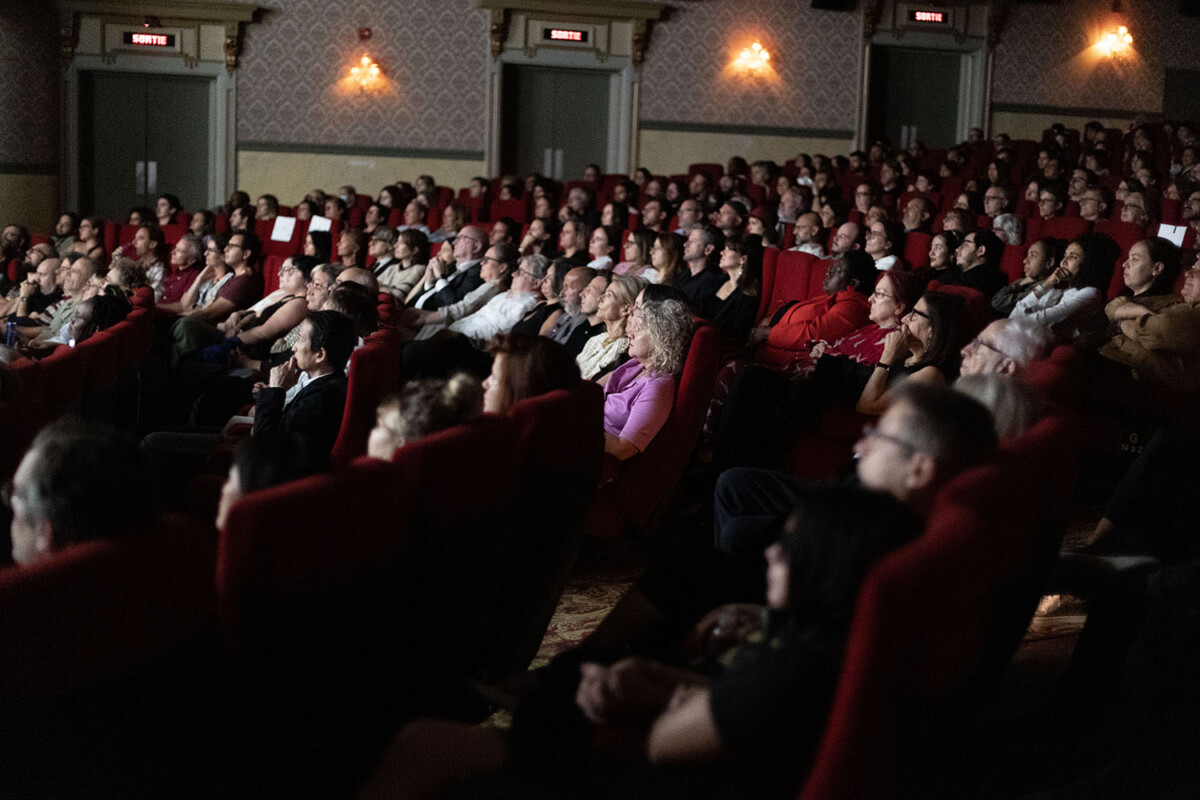Since 1971, Montréal’s Festival du Nouveau Cinéma has transformed audiences through their dedication to independent films, and this year was no exception.
We go to the cinema expecting to be changed in some way. To be reprieved, perhaps, from malaise, boredom, or a Tuesday afternoon with forgotten responsibilities. Or rather to be fed when hungry for new stories, perspectives, knowledges, colours, textures, and realities—or maybe that dimension of flavour in popcorn only the concession stand can produce. It may be that we wish to be held by that particular fabric that is always tender (if not a bit scratchy) or by an emotion released by a skilled performance. We go to the cinema because we seek to be transformed, even for a moment.
Founded in 1971, the Festival du nouveau cinéma (FNC), one of Canada’s oldest film festivals, lets you do just this as it continues to reveal new explorations in the style, story, and structure of film to Montréalers and its visiting national and iInternational audience.
Originally known as the Montreal International 16mm Film Festival, founders Claude Chamberlan and Dimitri Eipides created the festival out of a desire to provide space for films possessing urgent, experimental and exciting aesthetic, narrative, and structural explorations—but lacking distribution. This first festival offered selections such as “Political and Social Cinema” and “Visual and Structural Cinema” alongside “European Short Films”—revealing a dedication to social struggle as well as to aesthetic exploration. In 1980, the festival changed its name to the Montreal International Festival of New Cinema, dropping 16mm to signify the festival’s embrace of all practices devoted to explorations in film structure and content.
Other names through the years include the Montreal International Festival of New Film and Video (1984), New Montreal International Festival of Cinema, Video and New Technologies (1995), and Montreal International Festival of New Cinema and New Media (1997), until it was named Festival du nouveau cinéma in 2004.
Despite these changes in names, what remains constant is an ardent devotion and respect for evolutions in cinematographic language and form. Indeed, FNC has continued to evoke empathy, excitement, and exploration at the shores of the familiar, providing festivalgoers with unique experiences for over 50 years. The urgency and importance of such a festival cannot be understated: at $13 a ticket for students (or $11 if you go in groups of ten), FNC makes the magic of cinema accessible. It provides the opportunity to learn, grow, and take an hour or two of your day to be changed, quite possibly forever.
Visit the FNC’s website here to see what films were screened this year and to check out the winners of their various contests.
